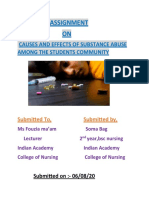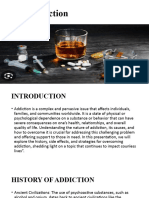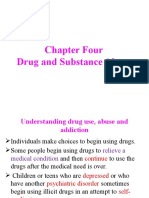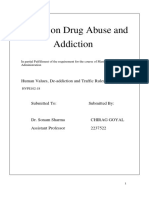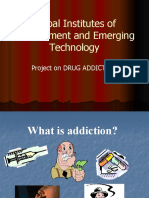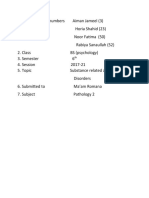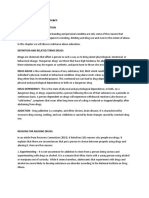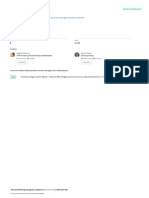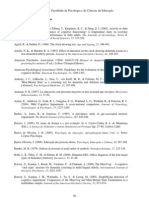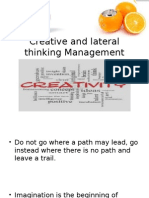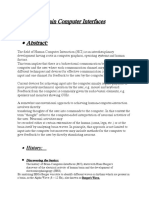0% found this document useful (0 votes)
28 views39 pagesAddiction
The document discusses the differences between substance and non-substance addictions, highlighting their definitions, types, symptoms, and causes. It explains that addiction is a complex condition affecting individuals regardless of background and emphasizes the importance of professional help for treatment. Additionally, it outlines the neurobiological changes associated with addiction and the stages of drug use leading to addiction.
Uploaded by
k224728Copyright
© © All Rights Reserved
We take content rights seriously. If you suspect this is your content, claim it here.
Available Formats
Download as PDF, TXT or read online on Scribd
0% found this document useful (0 votes)
28 views39 pagesAddiction
The document discusses the differences between substance and non-substance addictions, highlighting their definitions, types, symptoms, and causes. It explains that addiction is a complex condition affecting individuals regardless of background and emphasizes the importance of professional help for treatment. Additionally, it outlines the neurobiological changes associated with addiction and the stages of drug use leading to addiction.
Uploaded by
k224728Copyright
© © All Rights Reserved
We take content rights seriously. If you suspect this is your content, claim it here.
Available Formats
Download as PDF, TXT or read online on Scribd
/ 39










